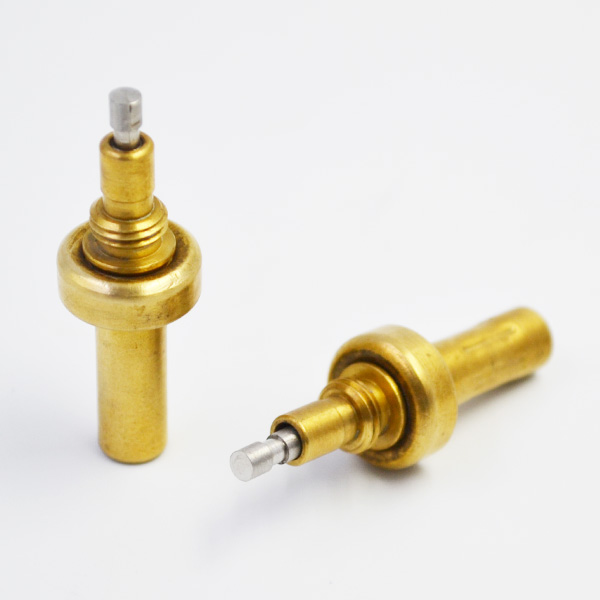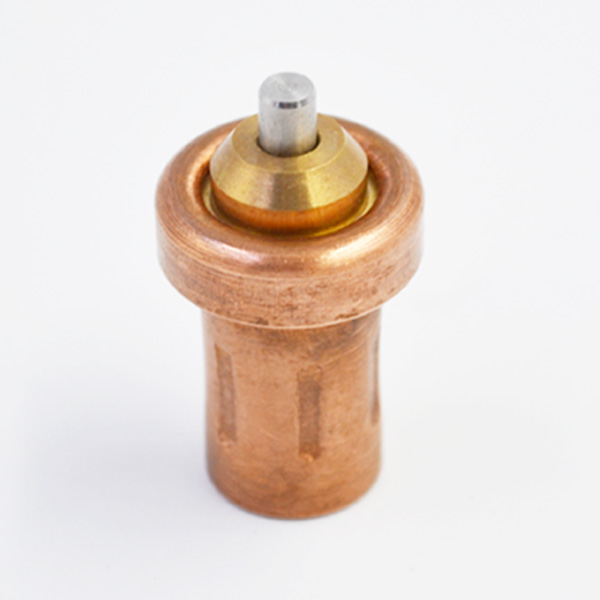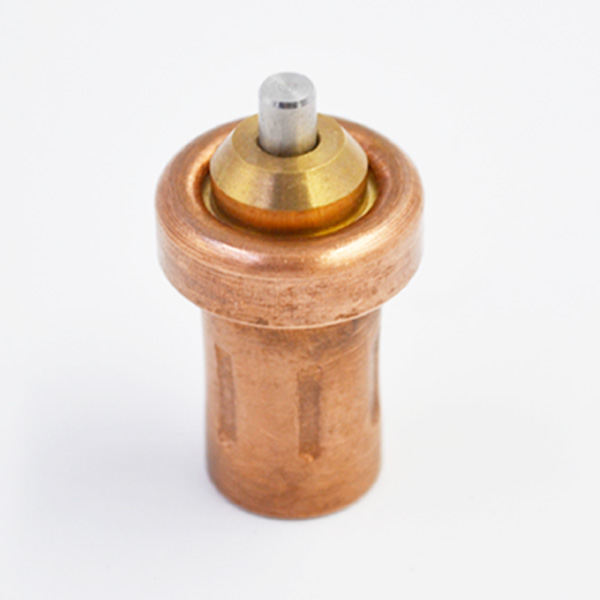Greenhouse control research has been carried out for many years. On the one hand, the coupling problem of temperature and humidity is decoupled by a variety of algorithms. On the other hand, the coupling research of water and fertilizer is carried out for nutrients in greenhouse. In view of the problem of greenhouse system control, there is no comprehensive study on the above two kinds of coupling. Therefore, the viewpoint of greenhouse system ecological coupling based on temperature-humidity coupling and water-fertilizer coupling is put forward. Nutrient signals such as temperature, humidity and soil ammonia-nitrogen are collected by sensors, and PLC (programmable logic controller) is the core design based on energy consumption model. The centralized PID (proportional, integral and differential) decoupling controller can realize the greenhouse system considering the loss of soil water and fertilizer nutrients when spraying crops, so as to improve the output and quality of the greenhouse system, and reduce the ecological loss and pollution of the greenhouse system. Foundation projects: natural science research projects of Jiangsu universities in 2014 (No. 14KJB510033); scientific research projects of Taizhou University (No. TZXY2015YBKT010). Author’s brief introduction: Fu Huansen (1982 -), male, Xinghua, Jiangsu Province, graduate student, lecturer, research direction for intelligent automation theory and engineering. E-mail: fuhuansen@163.
com. Energy, environment and agriculture are the foundation of social development, and they are highly valued by researchers all over the world. They are interdependent. Greenhouse system as a typical representative of agricultural development, its research methods have existed for many years, in order to overcome the dependence of traditional agriculture on the external environment. In terms of control methods, the effective adjustment of crop temperature, humidity and carbon dioxide concentration can be achieved by various algorithms. The control of key parameters of greenhouse system is no longer limited to a single closed-loop structure of temperature and humidity, but focuses on the coupling relationship between temperature and humidity, because the coupling problem seriously affects the energy saving of greenhouse system.
Optimized control; In the field of ecological research, there is also a problem of water-fertilizer coupling in the growing environment of crops (in the ecological environment, water and nutrients uptake by crop roots are two independent processes, but the supply of water and nutrients, as well as nitrogen, phosphorus, potassium and other elements in nutrients are mutually restrictive processes, this phenomenon is known as Water and fertilizer coupling. The unreasonable use of water and nutrients will restrict the growth of crops in greenhouse system, reduce the quality and overall benefits, and cause adverse effects on the environment. Xu Yan and others have studied the coupling problem of water and fertilizer, including the effect of water and fertilizer, how to apply fertilizer rationally, how to regulate water by fertilizer, and how to solve the coupling problem of water and fertilizer from the perspective of trace elements [1-2]. Based on the current research situation of greenhouse system, this paper puts forward the viewpoint of temperature-humidity coupling and water-fertilizer coupling. Through signal acquisition, a centralized PID (proportional, integral and differential) decoupling controller is designed with PLC (programmable logic controller) as the core to realize energy saving and low pollution of crops in a good greenhouse environment. Optimal control. E(Iin, Hin) = Alpha Iin lambda-beta THin. Tin, Tout, Hin and Hout are indoor temperature, thermostatic element outdoor temperature, indoor humidity and outdoor humidity respectively; qheater is heating rate; qfog is spray rate; Phi vent is ventilation rate; V is equivalent volume per unit area; Ke is air transfer coefficient; E is evaporation rate; Iin is solar radiation absorbed by chamber; P is air specific heat capacity; Ke is indoor air. Gas specific heat capacity; alpha and beta T are control coefficients; and lambda is water evaporation coefficient. The greenhouse system has the characteristics of multivariate, non-linear and strong coupling. The above model only considers the effects of the external environment of crop growth, but does not model the water and fertilizer problems of the soil internal environment. Modeling is a systematic process.
It has advantages to use intelligent algorithms such as fuzzy control to comprehensively consider the influence of greenhouse external environment and internal environment. This research is based on fuzzy control to design PLC controller. In recent years, the decoupling methods for multivariable systems have gone through the stages of traditional decoupling, adaptive decoupling and intelligent decoupling. The decoupling strategies are from different perspectives. Researchers have done a lot of theoretical algorithm research and simulation analysis. The traditional decoupling method relies on the precise mathematical model of the system, and the adaptive decoupling mainly combines parameter identification, system control and decoupling methods to solve the coupling problem of the system [5]. Although the above models take into account the factors of heating, ventilation and humidification, they are far from accurate models of greenhouse systems, so it is difficult to solve the coupling problem of greenhouse systems, especially the ecological coupling problem by using traditional decoupling methods.

Compared with conventional single control, intelligent decoupling has good dynamic decoupling ability, high stability, strong robustness and good adaptive ability. Practice also proves that this method can improve the efficiency and efficiency of vegetable greenhouse system.
In view of the above model, a centralized PI and fuzzy PID controller (Fig.

1) [6] is designed. Fig.

1: R represents the input signals of temperature, humidity and carbon dioxide in the greenhouse environment; E and EA represent the errors of input signals and feedback signals respectively; G (s) represents the transfer function model of the controlled object, from which the transfer function is obtained; Gc (s) is the diagonal structure controller; x1,… Xn represents the decoupled output signal; xn 1, xn 2,… It represents the detection signal of soil nutrient in greenhouse, and Y represents decoupling output.
